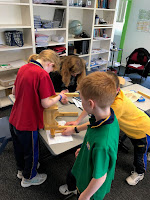Young Writers' Competition

Where will your tiny door lead you?
The Northern Beaches Young Writers’ Competition 2018 is now open.
Write an original story using this year’s theme words ‘tiny door’ for a chance to be published as an author in a Library eBook.
Entries close Wednesday 8 August.
The Competition is open to students up to and including Year 12.
See young-writers-competition for details and prizes

















































































